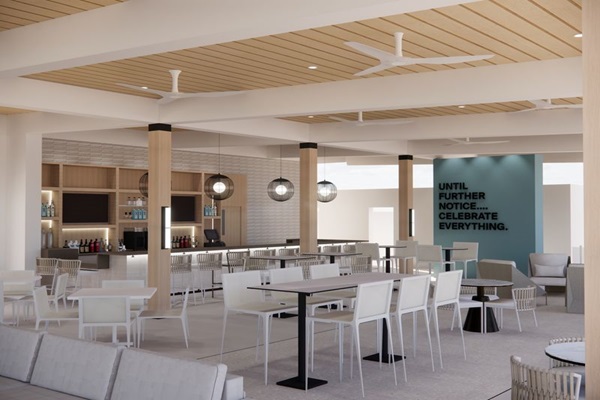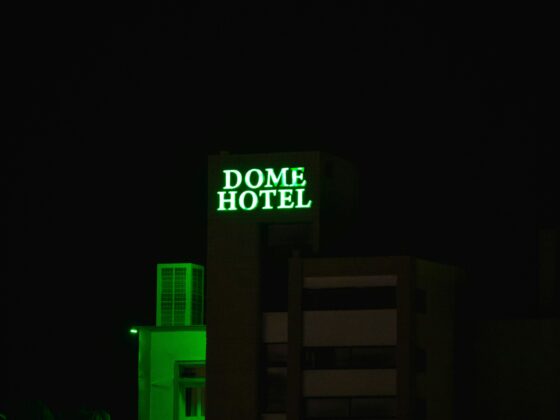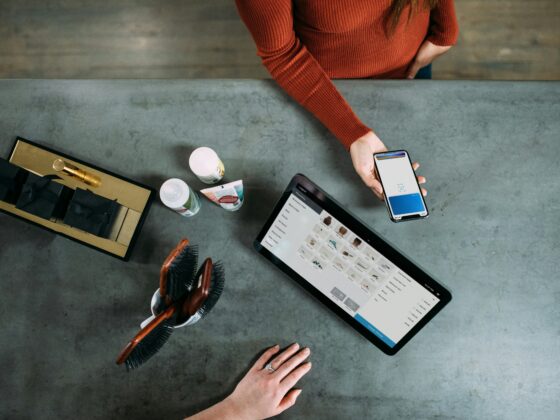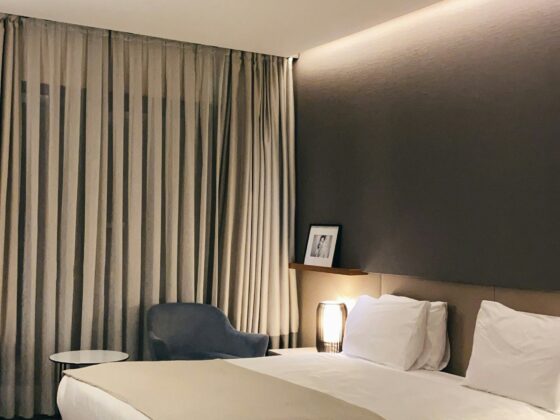
We’ve all read about the swell of anti-tourism protests in over-subscribed holiday destinations this summer. From Barcelona to Dubrovnik, overtourism is damaging natural sites and putting pressure on local services and housing. It’s clearly unsustainable, but here’s the catch: these destinations usually rely heavily on tourism for income.
It’s a very tricky problem with a few potential solutions, one being to take the seasonality out of travel. Summer and Christmas might leave popular cities struggling to cope with demand, but countless hotel rooms sit empty in the spring and autumn.
Those untouched bedsheets also represent a significant commercial opportunity, especially for destinations with more on offer than just sunny summer beaches.
In good news, demand for off-peak travel is growing. With the cost-of-living crisis hitting holiday budgets, recent research found that 62% of adults plan to holiday outside the peak seasons this year, up seven percentage points versus 2023.
Tourist boards need to capitalise on this demand and find ways to match their year-round capacity with visits. But, as with most things, that’s easier said than done.
What is your brand truth?
The category convention is to sell the power of generic “discovery” by focusing on tourist attractions and beautiful imagery – mostly photographed during those summer months.
But often, there is a much more influential driving force for tourist boards to tap into. A brand truth that inspires people globally all year round and converts their latent affection into visits. An idea that delivers growth while making the brand stand out positively in culture.
Take Visit Idaho’s ’18 Summers’ campaign, launched in 2014 and still going strong today. With a natural landscape as beautiful as Idaho’s, it would be easy to just take some photos of the sun, natural landscapes, and other holiday tropes and slap a ‘come visit’ sticker on top. But instead, the US state found a much deeper cultural insight to tap into.
Studies showed that at the time, US employees were using less and less of their allotted holiday time, meaning less time spent with their families. From this insight, Visit Idaho came up with the 18 Summers idea – an emotionally powerful positioning that reminds parents they only get 18 years to holiday with their children and create memories together before they’re grown up.
In the years since launch, the campaign has driven double digit annual increases in tax collections and a 38.6% increase in overnight arrivals. And although it focuses on driving visits during the summer, the idea behind the campaign is timeless. Spring, summer, autumn or winter, time spent with family is time well spent.
Tourism boards can create similarly timeless brand propositions by tapping into their destination’s cultural appeal, which perfectly meets the needs of travellers today. Post-pandemic, cultural exploration is a priority – from gig trippers jetting off to see their favourite artists to foodies seeking the very best food experiences.
Holiday destinations have much more to offer travellers than a bucket list of seasonal attractions, and they can earn a greater share of wallets by widening their aperture.
Global platforms, local execution
That said, there’s no such thing as a one-size-fits-all approach. Global brand platforms must be executed in local markets with precision. This goes beyond translation – it’s how an idea flexes to be its most culturally relevant and commercially successful in different locations.
Tourist preferences are ever-evolving and vary dramatically around the world. Different factors influence their willingness to travel to a destination, let alone in off-peak seasons.
For this reason, VisitBritain’s latest campaign is executed completely differently in Europe than in Canada and the US. Understanding that Britain might not be the top holiday destination for European travellers, the localised campaign showcases the diversity of Britain and everything it has to offer.
However, the US and Canada have a more affectionate attitude towards Britain, demonstrated by their love for British accents. The North American campaign, ‘Fake (Br)it Till You Make It’, capitalises on that underlying affection while also highlighting the country’s regional diversity.
Tourist brands don’t always need separate campaigns for individual markets; often, the differences are much more subtle. But what they do need is the right insight so they can adapt appropriately.
TV isn’t everything
My final point is this: not everything is about that once-a-year TV ad. To attract visitors all year round, brands have to advertise effectively on digital and social channels as well. In fact, the latest research from Expedia found over half (58%) of travellers use social media to research their online travel bookings ahead of time.
That means maintaining sufficient flexibility and agility to stay on top of the ever-changing trends across different platforms from the beginning of the year until the end.
De-seasonalising travel isn’t easy, but it’s a necessity for locals and a huge commercial opportunity for tourism boards. Tourist destinations have plenty to offer all year round – it’s time to start showing that off.








